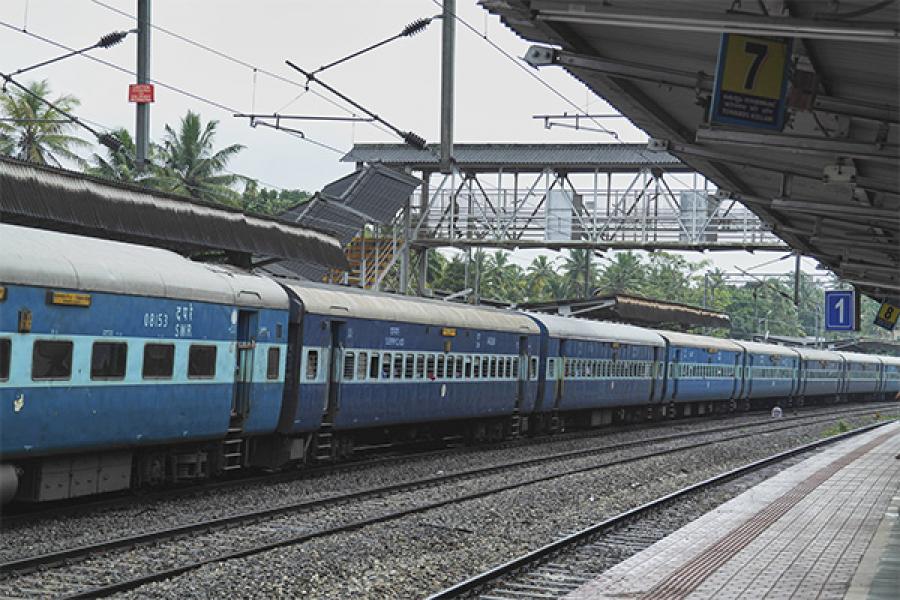
Rail Budget 2016: Reimagining the role of the Indian Railways
Indian Railways needs to evolve from being seen as a pure 'transporter' to potentially being a 'service provider'
If the last budget was about laying a road map for a step change in the much needed investments for rail capacity, the current budget tries to lay down a road map for reimagining the role of the Indian Railways (IR).
There is a clear recognition that the ‘business as usual’ approach will not work. IR needs to evolve from being seen as a pure ‘transporter’ to potentially being a ‘service provider’ to attract passenger traffic based on enhanced customer experience; a ‘business partner’ with its key stakeholders be it state governments, other central PSUs and private players; more ‘commercially savvy’ to broad base its revenues given the stagnating freight earnings and all this based on an understanding that to implement this evolving role it will need revamped and enhanced organisational and institutional structures and capacities in the sector.
Setting up of a new company ‘TransLog’ that will look at terminal development and providing value added logistics is a much needed move. This should help railway not only attract freight traffic and increase its modal share from beyond its traditional areas but also retain it. If designed and implemented properly, this will also help railways broad base its revenue base with long term impact on the wider logistics sector around developing ‘rail central logistics’ in India.
Similarly, introduction of ‘new products’ in the passenger segments, be it semi-high speed trains or overnight double decker passenger trains with modern amenities, alongwith improvement measures from ticketing to station development to new rolling stock to enhance customer experience, one hopes, is start of a transformation in this segment, a segment that can actually contribute to enhancing and broad basing IR’s revenues.
While the budget rightly identifies areas of improvements and change, the real focus has to be implementation of these measures, which without organisational and institutional capacities is likely to remain largely on paper. Also, PPPs will have to be a key pillar of this implementation and delivery strategy along with setting up of rail regulator should set in motion wider reforms in the sector. Both these areas have not been clearly articulated in the budget and one hopes more details on these critical areas will be made available.
Success of IR’s transformation will ultimately be driven by its ability to mobilise investments and deliver major projects and services on the ground, which ultimately be underpinned by its ability to increase its revenue base to fund its ambitious capex of 8.5 lakh crores over a 5 year period.
With a deteriorating operating ratio of 92% next year on the back of stagnating freight earnings made more challenging by an additional bill of 30,000 cr pension and salary liabilities, the real challenge will be its ability to enhance revenues to meet these liabilities and service the financing it needs to enhance capacity. The budget assumes a significant jump of 20-25% in revenues going forward that will not be easy to deliver but could make all the difference between delivery vs promises.
- By Nripesh Kumar, Director - Capital Projects and Infrastructure, PwC India















